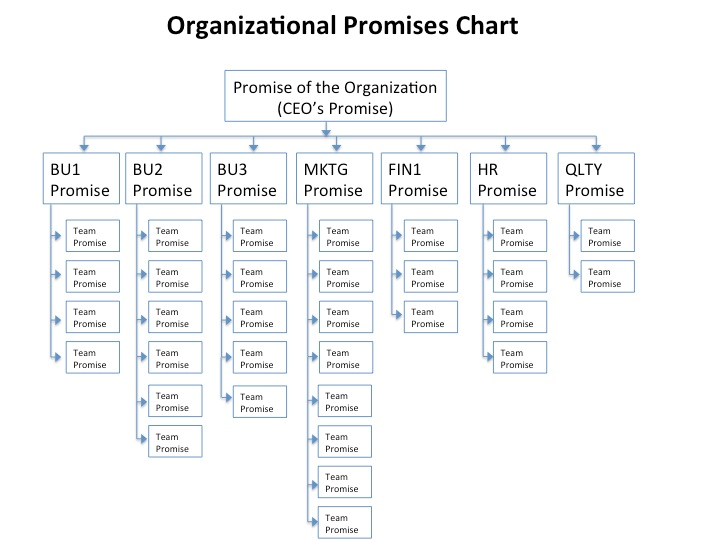Every improviser has a process — and at the very critical points, they ditch it and follow their gut. Why is this important to Leadership?
Improvisation is thought to be one of the most frightening gigs around yet is exhilarating once mastered. When in performance, improvisers in front of an audience are thrown suggestions at them, and right now they must make something meaningful out of one of them. It’s the true test of spontaneity. There is no need to be funny or clever. Just be there listening, open and ready for anything.
Because the best business plan, the best management plan, the best marketing plan, the best sales pitch or presentation is as good as its execution.
And each inescapably is confronted by unanticipated events, situations, or problems, meaning that…
Every business plan, at some point, inevitably becomes an act of improvisation.
Look at how the work of improvisers can reveal their easy-to-use principles to have you listen more deeply, think on your feet, take risks more readily, be spontaneous and meaningful, and be well-regarded as a leader.
How to Improvise
Here’s how improvisers do it and what you can do:
1. Great leaders allow for possibility. Say “Yes…and” (Accept all offers – no denials.) – This raises positive energy around any idea. It’s a must-have for creativity. Any denial kills the idea and creates a “no place to go” situation onstage. Saying “Yes…and” affirms and acknowledges a contribution. Great leaders allow for possibility. This is where creativity and innovation are born.
2. Collaboration at its best. Make your partner perfect – When you say “Yes…and” to validate your partner, the space between you is heightened and explored fully. All boats rise with the tide. By holding your partner up and they hold you up – there is so much more that can be achieved.
3. Great leaders rehearse for spontaneity. Prepare to be unprepared – Know and be ready for the likely questions and issues. Improvisers practice. They rehearse the devices they use so that no matter what is thrown at them, they have that structure to hold onto. Use planning and preparation tools, find a suitable structure, and practice your interactions. If you can prepare to be prepared, you can prepare to be unprepared.
4. Supportive and positive behavior: Play with good players – It makes you better. Look at the A-Teams and the Dream Teams. What can we learn? You get better by being with those who are at their best – which means you are at your best. Excellence begets excellence. “Supportive and positive behavior wanted. Cynics need not apply.”
5. It’s in your fellow teammates where you will find true safety. Rely on the team – Trust that at that moment “in the spotlight” when you don’t always know what’s going to happen, it’s only with your fellow teammates that there is true safety. Amy Poehler from SNL, Second City in her Harvard College graduation speech said that she “only needed to look into her partner’s eyes to know that she was safe.”
6. Don’t merely rely on the words – Show don’t tell. Be very specific – In your daily business, you dissect, analyze and intellectualize or develop a valuable case history and then you need to communicate your ideas and your solutions physically. We have clarity of purpose and clarity of our verbal message. Don’t merely rely on the words. Pay attention to your clarity of physical expression and presence. It is this message that leaves the larger impact and impression long after your audience is gone. We are only interested in direct communication – meaning mutual perceiving.
7. Use the pause. Don’t comment – It’s easy to keep your mind going and your mouth moving. What about a moment of pause? Why not try a moment of silence where your stance and presence demonstrate absolute faith in your own proposal?
8. Find your ability to perceive and sense fully. Don’t think – Get out of your head and into the space. Get out of your head and into your body. That’s what improvisation games have you do. It strengthens your ability to perceive and sense fully. Talented behavior is your greater capacity to experience and have involvement on all levels: intellectual, physical, intuitive, says Viola Spolin, the mother of Improvisation.
The intuitive is most vital to any learning situation. The improvisation game provides involvement and freedom needed for experiencing. You shut off the mind. When the rational mind is shut off we have the possibility for greater intuition.
This allows spontaneity which frees you to feel your own true nature.
Improvisation is not a solitary sport. It’s great to know that better work can be achieved by working for the good of the group rather than the good of the individual. The “we” is stronger than the “I.”
Key Competencies
Some key competencies that distinguish great leaders from the rest of the pack are that they:
- Collaborate across boundaries with ease to get the whole room to respect the different interests and perspectives of all stakeholders, making it possible to realize breakthrough innovations.
- Move easily from problem-solving to creating. Letting go of fear and anxiety motivates action and encourages the best contributions.
- Leaders who are pragmatic are always prototyping and experimenting – a definition of creating. They are oriented toward possibility, evoking inspiration and creativity throughout their organization.
- Using the Improvisation with these eight principles builds those leadership muscles so that your organization can be more creative, versatile, and nimble- a surefire design for success.
- These skills resonate in all areas of your life.
This article was originally posted and published with Thrive Global, see here.
Written by guest blogger, Martha Gelnaw.
Schedule a Conversation
Please help us with your details.









